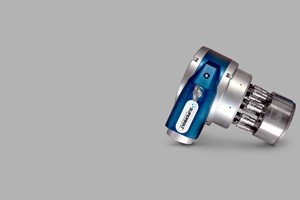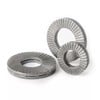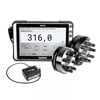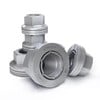The origins of multi-jackbolt tensioning
Featured Product from Nord-Lock, Inc.

Getting Superbolt into space was a big deal, but it’s suitability to secure critical bolted joints hasn’t always been applied in such awe-inspiring fields. The journey is still unfolding, from an industrial fix in the beating heart of US manufacturing to a global brand that is synonymous with industrial multi-jackbolt tensioning, and now a leader at the forefront of predictive maintenance and digital bolting.
The origins of multi-jackbolt tensioning
In 1974, the mills of US Steel in Pittsburgh were tormented by machine breakdowns and maintenance downtime. Large conventional nuts and bolts were frequently loosening due to vibrations and rotations in the equipment, and the operators often required sledgehammers to do the retightening because of high torques needed on bolt diameters larger than M24.
Owing to the sometimes-spontaneous nature of innovation, it was a routine workday when Rolf Steinbock imagined breaking up the high torque requirements of these problematic nuts into several, smaller torques with multiple jackbolts threaded through the nut body.
In doing so, Steinbock invented the original Superbolt multi-jackbolt tensioner (MJT), an innovation that made it possible to tighten large bolts with a simple torque wrench instead of the sledgehammer. This technology made more accurate preload possible, plus the new MJT maintained clamp load, meaning a revolution for the productivity of heavy industry machines by eliminating bolt loosening.









